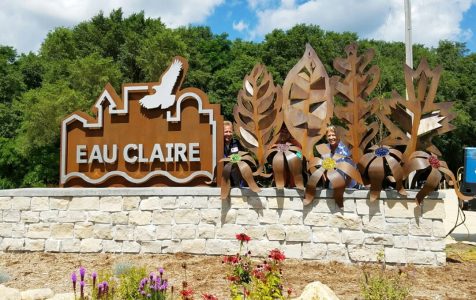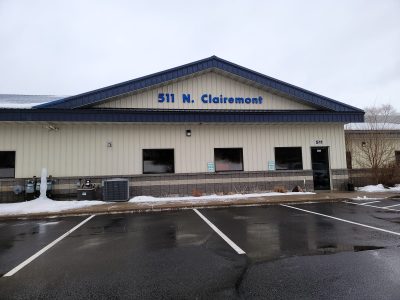LAU Superconductors
Breakthroughs
High-Temperature Superconductors
Superconductors in Space
Projectile Launching, Induction, and Hypersonics
WHAT ARE SUPERCONDUCTORS?
Superconductors conduct electricity with little to no resistance. They carry large currents with less power loss creating strong magnetic forces.
WHY AREN’T SUPERCONDUCTORS USED MORE?
Superconductors need to be cooled to extremely low temperatures. The first superconductors called Low Temperature Superconductors (LTS) need to be cooled to 4°K close to the temperature of outer space. This means cooling with liquid helium (He). Sadly, liquid He is expensive because it is hard to work with something so cold. He is also becoming scarce because it has to be mined from solid minerals (He gas is so light it just floats away). Superconductors already use 30-40% of the world’s He production. The cost and difficulty of liquid He limits LTS use to special applications such as medical Magnetic Resonance Imaging (MRI).
It is recognized that Space is cold (3°K) enough for superconductivity (=20°K). But Superconductors in Space @ Ambient Temperature has yet to be tried because no application was important enough for space deployment. So far superconductor use in space has been for small scale instrumentation or infrared telescopy where permanent magnets or readily available cyrocooled solutions were used.
WHAT IS A HIGH TEMPERATURE SUPERCONDUCTOR (HTS)?
HTS were discovered in 1986. They raised expectations for wider superconductor use because HTS can be cooled by liquid nitrogen (N) at 77°K. Liquid N is a cheap, readily available by-product used in doctor offices, beauty salons, and restaurants. But HTS are still not used much because they are brittle single ceramic crystals that break easily. Once broken superconductivity stops.
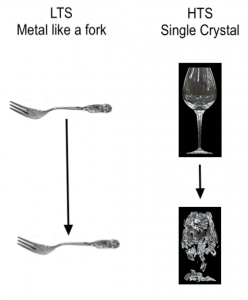
OUR BREAKTHROUGHS ADDRESS THESE CHALLENGES
1) We strengthen HTS using long continuous reinforcement fibers. This should lead to the practical use of liquid N cooled HTS.
2) Superconductors in Space – our LAU Coilgun™ uses superconductors in space to launch projectiles for Boost-Phase Missile Interception which should lead to the eventual obsolescence of strategic nuclear missiles. The LAU Coilgun™ can also be used to protect satellites and satellite constellations.
3) Together with reinforced HTS, projectiles can be launched magnetically on Earth from tanks and artillery. Eventually, cargo can be launched from Earth to resupply satellites and space stations.
4) Magnetism can improve Hypersonic flight dramatically.
5) Magnetic induction enables spacecraft docking, space debris collection, and rapid repeat fire for the LAU Coilgun™.
What We Are Doing...
Seven innovations: six technical and one financial.
1. Reinforced High Temperature Superconductors
– Magnetic Bearings
– HTS Solenoids: Projectile Launching, Replacing Aircraft Hydraulics
– Superconductor Fault Current Limiters (SFCL), Nuclear Fusion
2. Hypersonics
– Hypersonic Glide Vehicles
– Low Cost Stealth
3. Lau Coilgun™
– Satellite Defense, Satellite Constellation Defense, Missile Defense and Other Applications
– Inter-space Transport, Contactless Space Docking, Space Debris Removal
– Projectile Launching on Earth
4. Lau Cool™: Under Development
5. SE + SBSP: Under Development

6. Psyche: Under Development
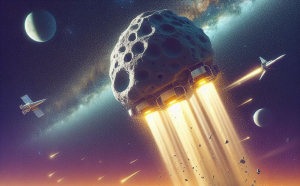
7. Collaboration R&D Funding then Spin-off: Under Development
Calendar
Upcoming Events:
Past Events:
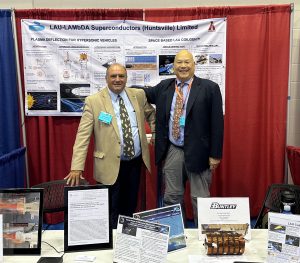
Hypersonic Innovation Conference, Dayton Convention Center, Daytona, OH, USA, May 7-9, 2024
EUCAS 2023, Palazzo della Cultura e dei Congressi, Bologna, Italy, September 3-7, 2023
Space and Missile Defense Symposium, Von Braun Center, Huntsville, AL, USA, August 8-10 2023
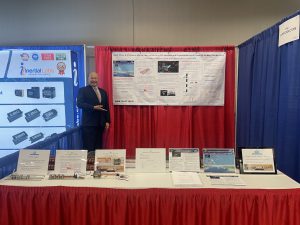
TechConnect World Innovation Conference, Gaylord National Hotel & Convention Center, National Harbor, MD, June 19-21, 2023

The Missile Defense Agency Technology Maturation Innovation Summit, Jackson Center, Huntsville, AL, June 5, 2023
USSF Tactically Responsive Space Challenge Definition Workshop, AFWERX Innovation Hub, Las Vegas, May 31-June 1, 2023
The Applied Superconductivity Conference ASC 22, Hawaii Convention Center, Honolulu, HI, USA, October 23-28, 2022 – Article in Honolulu Star-Advertiser about ASC 22
TechConnect World Innovation Conference, Gaylord National Hotel & Convention Center, National Harbor, MD, USA, October 18-20, 2021 – Awarded an innovation Showcase booth and an oral presentation
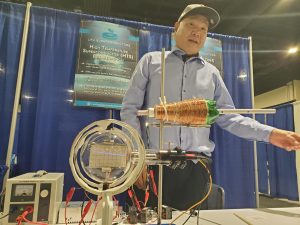
EUCAS 2021 Moscow Russia, Virtual Conference on September 5, 2021 – Accepted Abstract
ASC Conference Partner of Virtual ASC Applied Superconductivity Conference, October 24 – November 7, 2020 Booth
Articles & Papers
Article: Superconductor Week Volume 34 No 12, “Cambridge Improves Properties of ReBCO Bulk Superconductors”
Paper: A simple, reliable and robust reinforcement method for the fabrication of (RE)–Ba–Cu–O bulk superconductors, Published 30 March 2020 • © 2020 The Author(s). Published by IOP Publishing Ltd.
About Us
- LAU Supercoductors Inc. is a Delaware general corporation formed to research further recent superconductor breakthroughs and develop innovative superconductor applications.
- WE HAVE MOVED next to the University of Wisconsin – Eau Claire at 511 N. Clairemont Avenue Eau Claire, Wisconsin 54703, USA
- OPENING A 2ND LAB soon in Huntsville, Alabama
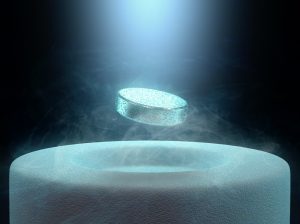
Team
Terry Wong – Director
Terry is a non-executive Director of LAU Superconductors Inc with over 25 years of experience in intellectual property and start-up companies. He is currently a Principal at Van Pelt, Yi & James, a boutique patent prosecution firm. Terry has a PhD in Biophysics from University of California, Berkeley, a M.S. in Applied Physics from Stanford University, and a B.S. in Physics and Applied Physics from Yale University.
Wayne Lau – Director & Group CEO
Wayne founded LAU Superconductors. He became involved in superconductors accidentally while a Visiting Researcher at the Centre for Sustainable Development at Cambridge University researching village solar electrification in Africa. Wayne was also a seed investor in start-up companies. Previously he founded and sold a fund management company focusing on Asia ex-Japan equities. Wayne has an M.Phil in Engineering from Cambridge University under a Marshall Scholarship, and a B.S.E. in Geological Engineering from Princeton University. He is a Chartered Financial Analyst (CFA) and also an Elder of Kong Village, Tikar tribe, Centre Province in Cameroon.
Chester ¨Chet¨ DeCesaris – CEO Military & Space
Catherine Lam – Corporate Secretary
Catherine has experience in social-enterprise start-ups (in rural areas in Cameroon, Africa, which focused on collecting gold from artisanal mines to support livelihoods of families and schools for children), global office administration, human resource management, and partnership collaboration. She supports the team in all facets of global office management and conference preparation and logistical support for both the team and partners. She holds a B.S. in Business Administration.
Subscribe to Our Coming Newsletter
Contact
